Benefits Of Photography Therapy
Photography is not only an aspect of world art but an avenue for expressing emotions through therapeutic photography techniques. Pictures have a kind of calming effect when oftentimes, expressing AND UNDERSTANDING feelings verbally may not be very easy. This is when therapeutic photography comes in. Taking pictures can be a healthy tool for therapy and for one’s mental health as well as physical and psychological health.
Therapeutic Photography
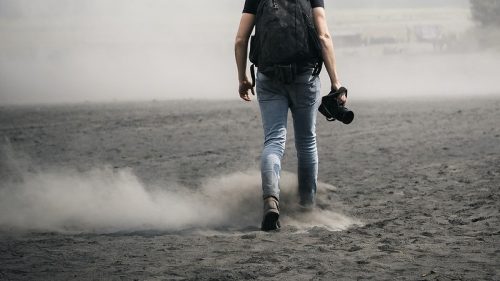
How can photography be therapeutic? How can therapeutic phototherapy techniques calm or make someone feel better? How can a technique of taking pictures be healing for a sad or depressed person? When does one see therapeutic benefits? Does phototherapy really help with a person’s mental health?
Just before we move forward with a clearer explanation of photography, let us examine some instances where taking pictures effectively shed light and helped someone stand back up after an emotional event or a mental illness – how it can be therapeutic.
The Therapeutic Use Of Photography Signifies Stories.
An Inspiring Story Of A Reporter Who Created A Club For Mental Health Purposes
A reporter in New York, influenced by the work of Judy Weiser, utilizes therapeutic photography techniques to manage the panic attacks caused by traumatic memories of a terrorist attack while doing a live report.
As a form of therapy process for his mental illness, he created a photography club for reporters, a minority group, and other media men for mental health purposes. This club used to post their members’ work on a rehabilitation counseling bulletin.
So far, the club has done a great deal for many of its members. The members of the club have mostly stated that they feel more relaxed, calmer, and feel better during and after the social creative therapy techniques process. It has become a form of self-expression and a health care intervention for them.
Even their physical health has improved eventually. Thus, the photography club has become a therapeutic tool for them. It even grew to become an international journal.
Two Types Of Therapeutic Photography
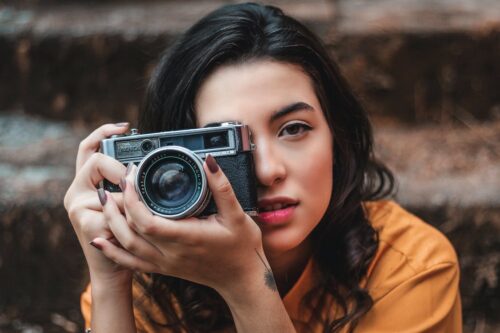
There are essentially two forms of phototherapy and therapeutic photography that can be utilized as counseling or treatment tools.
Note: These types of imagery or self-therapy processes do not need professional skills, education, or training.
It does not even need the full guidance of mental health techniques professionals or art therapists. Phototherapy refers simply to the therapeutic use of taking photographs or creating photo albums of one’s positive life experiences as well as family albums.
This therapy practice and technique which encompasses self-expression uses various photos, ordinary snapshots taken by other people, photo collections, and photo-based activities of individuals who need treatment (this may also involve group treatment).
Mental health professionals agree that photos guide and assist people in increasing their self-esteem, learning how to open up about their thoughts, lowering the stress hormone cortisol, and even recalling crucial events that are not easy to discuss verbally.
Phototherapy techniques and photo-based activities provide them with a solid foundation that may not be learned from a photography teacher or trained therapist but by using a camera, taking pictures, and relating these pictures with life and the world.
Any photography can be utilized in a therapeutic form, especially in this digital age, just as in it, and this could involve videos and movies both in manual and digital forms. You don’t necessarily need to have prior training to learn photography.
Research states that those with learning disabilities may also benefit from photography as therapy. It is indeed a mental phenomenon.
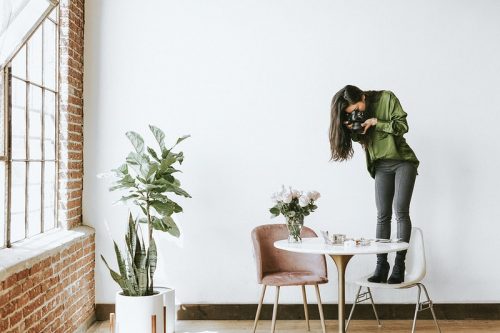
The method entails self-initiated, and self-planned photo-based tasks and events wherein an individual or an organized group of individuals take photos, take self-portraits, or create a self-portrait as a way of achieving therapeutic settings to experience and for them to relax and recover from their mental health problems.
In these circumstances, there is no trained work therapist or someone with counseling skills who works with the ones who seek therapeutic photography – perhaps only a solid foundation of the basics of photography.
Hence, no real therapy session transpires – it is only the photographs and the image therapy itself that provide the healing. It is vital to remember, on the other hand, that it is not only limited to taking photos.
It can merely be photo viewing or appreciating one’s own photographs for self-expression, improved self-esteem and mental health, and reduced social exclusion. You can explore social media and visit a phototherapy center for more options, and if you have any questions, feel free to reach out via email address.
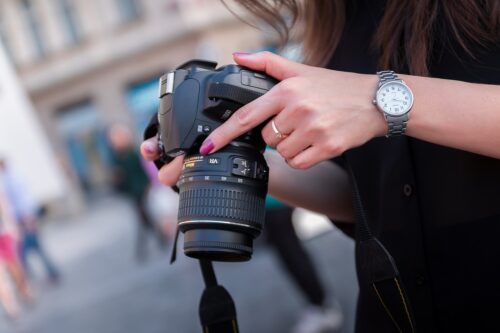
Therapeutic photography could also involve posing for the camera, visualizing photographs, or discussing or providing personal opinions of the presented photography techniques.
If you feel social exclusion, are currently chemically dependent, or lack focus or will in life, try taking photographs or start talking to people who are also interested in mental health nursing through photographs.
You will realize that truly, photography can greatly impact your mental health and transform your human mind. It can change many lives through the practice of phototherapy and therapeutic photography.
Therapeutic Photography: Who Should Give It A Shot And Why?
Why Try This Technique?
A lot of people are intimidated by learning therapeutic photography techniques to help with their mental health because of its technicality in capturing beautiful photos.
However, here are some reasons for you to try and focus on photography:
This Technique Is A Way Of Expressing Oneself.
Photography can successfully show someone’s true mental and emotional information. It can also present an individual’s real feelings.
This means that the clients heal to get a better perspective of themselves and of life, and this is therapeutic as it helps free the person from things that he used to feel confused or anxious about.
Therefore, photo interactions can reveal a person’s truth.
Therapeutic Photography provides an opportunity to see the world neutrally.
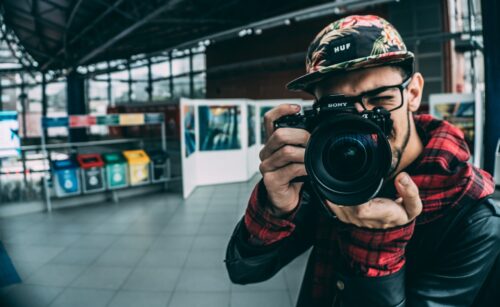
It presents us with photos that portray the way we actually experience live in the world, not just show the often-protected feelings and opinions that we conceal from others, even from family members.
Hence, using photography helps one become more aware of the things surrounding us and what is actually happening, in contrast to what we believe is happening.
According to the current literature, practicing mindfulness in photography is beneficial because photographs reveal the realities of the world that we thought we had full knowledge of.
Thus, reality is shown through the camera and photographs.
Therapeutic Photography helps one discover creative and innovative skills.
Teenagers with cerebral palsy, for instance, may find it hard to express themselves in words fully, as mentioned in a qualitative study.
However, if they are presented with photos through therapeutic photography, they could express how they feel and things more clearly.
Being aware of your capabilities amidst your sufferings and challenges is absolutely therapeutic.
Therapeutic Photography
Enables One To Be More Perceptive And Responsive
An individual learns to ask questions that will usually provide him with more information about the things he used to be anxious or worried about.
Therapeutic photography is helpful because it allows for greater learning and comprehension through photographs, which is one way to heal and recover.
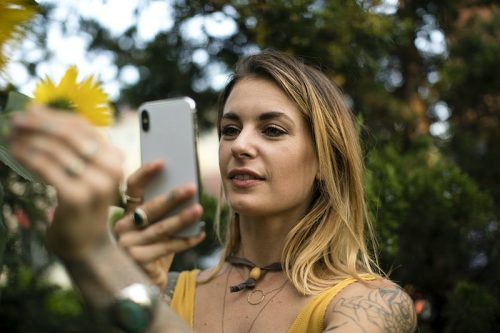
How can you therapize yourself by using a photo instrument and taking photos of everything around you?
Therapeutic Photography helps enhance daily experiences.
What was previously mundane for you can change once you’ve used your camera and taken photos of it from another angle.
For instance, an ordinary sunflower can transform into a treasured find after you have photographed it while it is blooming.
The simple things become special and meaningful, and this healing photography provides a general sense of…
“Positivity And Happiness”
Do you think healing imagery is for you?
Overcoming life challenges? Photograph the blessings around you and contact with the social work
FAQs
1. What Are The 4 Styles Of Photography?
The four main styles of photography are portrait, landscape, wildlife, and macro photography.
2. How Is Photography Healing?
Photography can be healing by providing a creative outlet, promoting mindfulness, and allowing individuals to express their emotions.
3. What Are The Health Benefits Of Photography?
Health benefits of photography include stress reduction, improved mental well-being, enhanced self-esteem, and increased awareness of one’s surroundings.
4. What is the difference between therapeutic photography and phototherapy?
Therapeutic photography focuses on personal expression and well-being, while phototherapy involves the use of photographs in clinical settings, often under professional guidance.
5. What is phototherapy in counseling?
Phototherapy in counseling refers to the use of photos as a therapeutic tool to explore emotions and facilitate discussions with clients.
6. What is the connection between art and mental health?
The connection between art and mental health involves art therapy, which uses creative expression to address psychological issues and promote healing.
7. How is photography connected to psychology?
Photography is connected to psychology through fields like clinical psychology, where images can be used in assessments and therapy.
8. What are the negative effects of photography?
Negative effects of photography can include addiction to social media, privacy concerns, and unrealistic beauty standards.
9. What are therapeutic photos?
Therapeutic photos are images that individuals create or view for emotional and psychological well-being.
10. What are 5 different types of photography?
Five different types of photography are portrait, landscape, wildlife, macro, and architectural photography
11. Is photography relaxing?
Photography can be relaxing for many people as it allows them to focus on the present moment and express themselves creatively.
12. What are the 7 elements of photography?
The seven elements of photography are line, shape, form, texture, pattern, color, and space, which are fundamental in creating compelling images.





Recent Comments